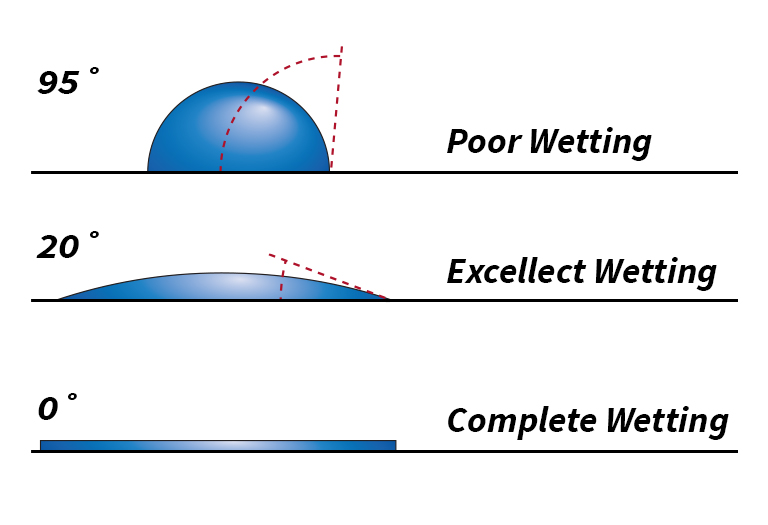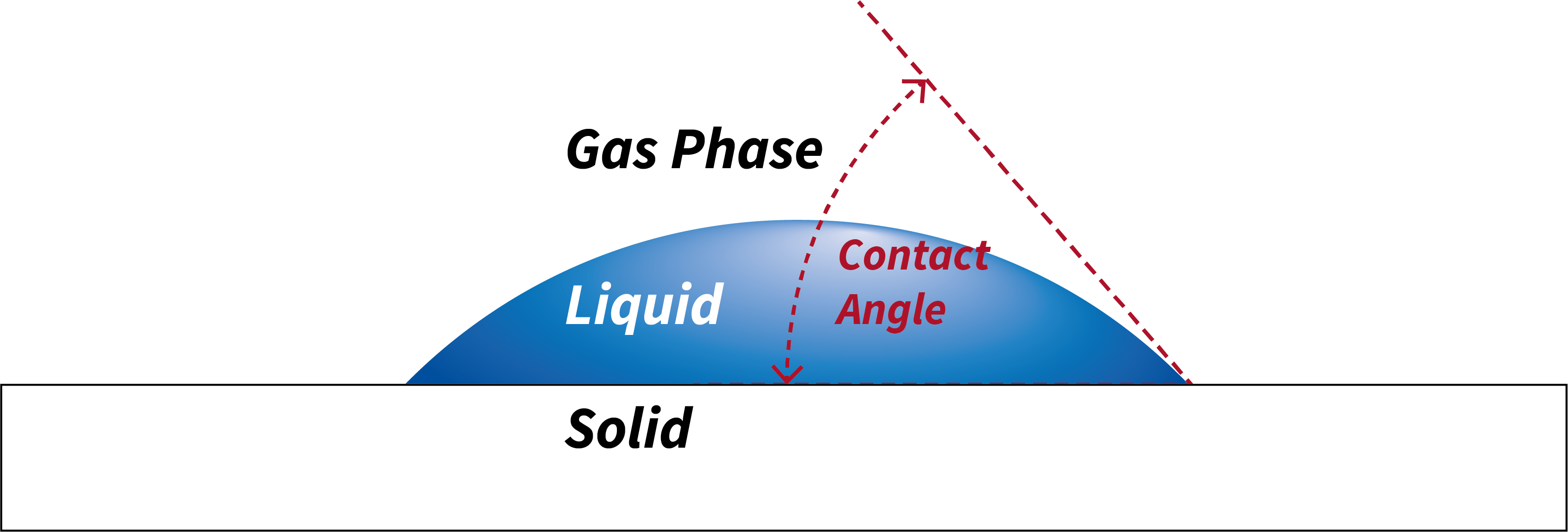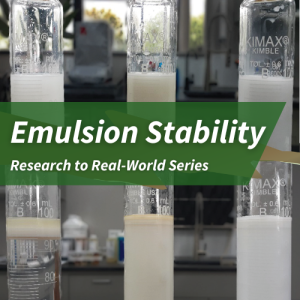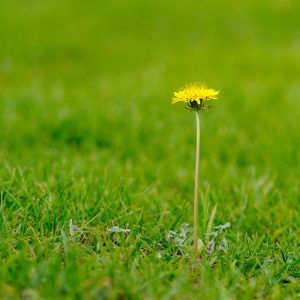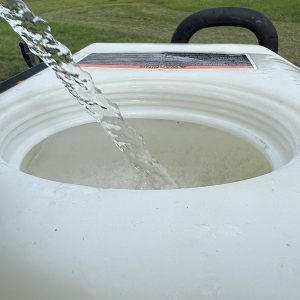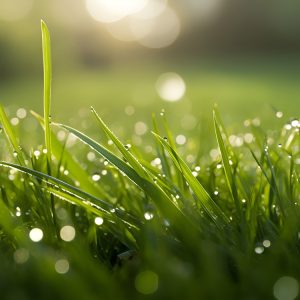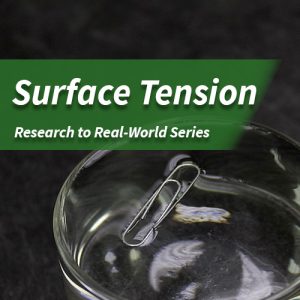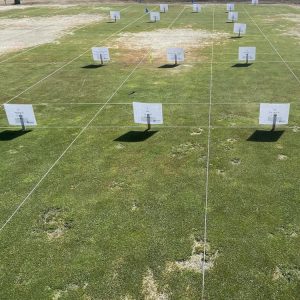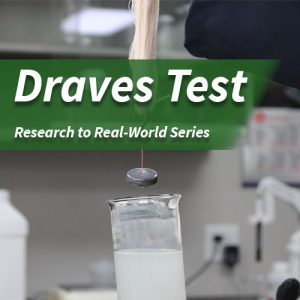
What Draves Test Reveals About Wetting Agents & Surfactants
Understanding formulations starts in the lab. Knowing how a substance might perform under certain conditions can help users understand how the products they use may act and perform in the real-world. Exacto Chemist, Chris Walter, explains the Draves Test to help applicators better understand the chemistry behind surfactants and wetting agents in this edition of the Research to Real-World series.



